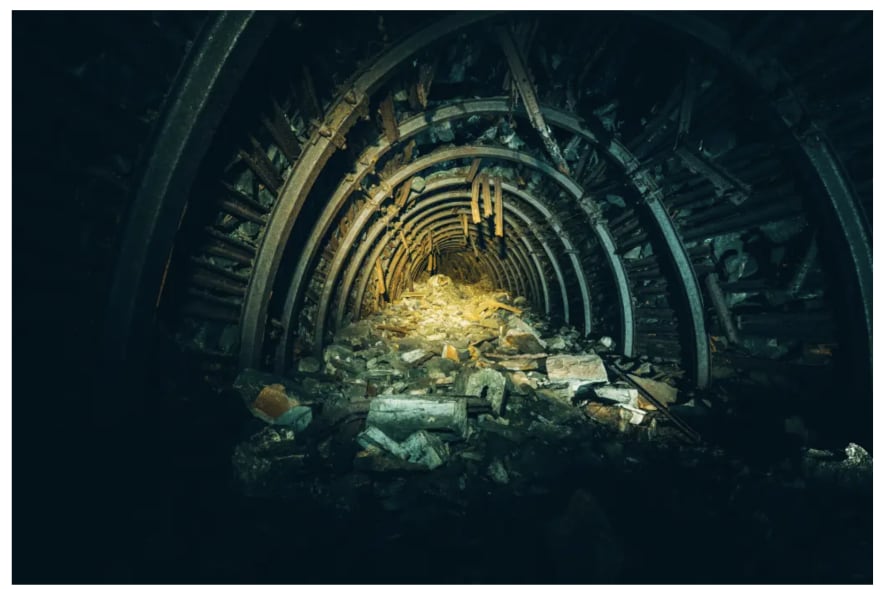Socio technical theory and systems sprung to my mind, when Nicolas Chaillan wrote an inspired and honest piece on LinkedIn titled “It is time to say Goodbye“. To most, it will look like another love letter to The Great Resignation. No thanks corporate slog, I’m off to farm mountain goats. However, this one felt a little different.
Nicolas wrote with great clarity about what he achieved as a leader in the DoD and what frustrated him. He was courageous and candid – he drove significant change but was also frustrated at the lack of progress. All while remaining very optimistic about the experience. The first words that came to my mind was socio technical clash!

Photo by Taton Moïse on Unsplash
Socio technical theory and The Digital Coal Mine
Is Socio-technical theory new or old? Socio-technical systems (STS) are decades old; the term originated in pre climate change times from the coal mining industry. The balance between the miners and the technology they employ create a system where both work in harmony for efficiency and effectiveness (efficacy). Sounds great, but the mine owner will see the mine as a resource – value extracted, value mined and the mine is closed. Right or wrong, who knows? Does the mine owner need to understand mining? Maybe not.
There is a similar pattern in today’s organizations that we can call digital coal mines.
The Socio-technical clash
Does the leader of the DoD need to understand technology? Probably not. I would imagine it’s more critical for them to understand the military. With a strategy like DevSecOps (which seems like a perfect strategy), technology becomes an enabler for the needs of the military. DevSecOps becomes a sociotechnical system.
At some point, the technology leader and the military leader need to align. Regardless of what industry you are in, this has to happen. Even Jeff Bezos needed to align with his board/shareholders – for many years, he had to continue to remind them that this is a long game and not expect quick profits.
The measure of true transformation in technology is budget and finance. Even in large organizations like the DoD, there is a spirit of frugality. I’ve read that soldiers on deployment will complain about boots and food. Often the money is there, but it’s tough to spend it on the right equipment in the right location at the right time.
Domain Driven Design and Socio-technical
The DDD (Domain Driven Design) community is pedalling hard to help stakeholders understand that their systems (and design systems) actually work in a sociotechnical manner. Wardley mapping can be very effective when combined with Team Topologies to enable socio technical systems. Susanne Kaiser has a great book just out on this topic and has presented many times (including for Serverless Days Belfast!).
There may be a clash between the company and technical leadership, but the advantage technology brings to advance the business is critical. How technology drives your business is the purpose that leadership must rally around.
Both the people and the technology must rally around a key enabler. The system advantage is usually speed, low cost, security, reliability. Of course, this is hard to quantify as any stakeholder will demand all of these, but we should over-index on this one.
I think DevSecOps is a great purpose, but not on its own. I would love to learn more about the DoD story, but I’m sure there will be an exploration in time. Something like “DevSecOps will enable our forces to move and speed with zero compromise security” – would resonate more.
Anyway, if it’s not core to the business, it’s tough to get buy-in.


Top comments (0)